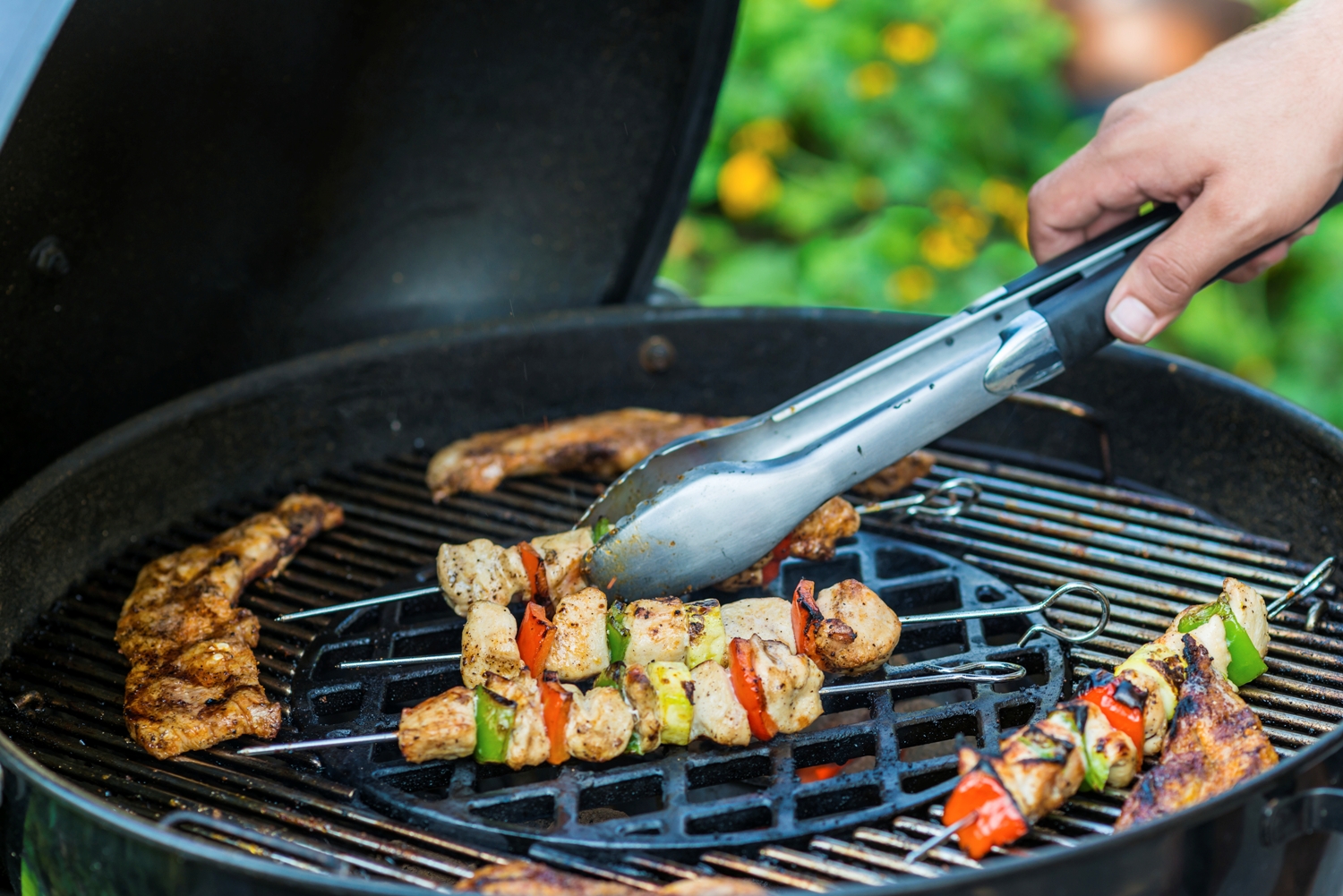 Studies have shown that Americans know food safety is important, but they have also shown we need to be better informed about what food safety looks like in practice. There are four keys to food safety: Clean, Separate, Cook, Chill. I’ve already discussed the importance of cleaning and separating. This week, we will learn more about the third key: Cook.
Studies have shown that Americans know food safety is important, but they have also shown we need to be better informed about what food safety looks like in practice. There are four keys to food safety: Clean, Separate, Cook, Chill. I’ve already discussed the importance of cleaning and separating. This week, we will learn more about the third key: Cook.
There is a lot of misinformation about what temperatures/times are recommended for which foods and how to assess whether those temperatures have been reached. Cooking recommendations are based on the temperatures/times required to reduce pathogens—illness-causing bacteria, viruses, or parasites—associated with the particular food product to a safe level. There is a relationship between temperature and time when it comes to safe cooking. For example, it is recommended that poultry is cooked to an internal temperature of 165°F, but it is important to maintain this internal temperature for a minimum of 15 seconds in order to sufficiently kill the bacteria that may be present.
Using a probe-type food thermometer tells you the internal temperature of a food. Infrared thermometer “guns” are not a good tool for assessing cooking temperatures because they only measure the surface temperature of a food. Remember, it’s the internal temperature that counts.
When you take an internal temperature of your food, stick your thermometer in the center of the thickest part of a product – you should be measuring the part of the food that will take the longest to cook. Be sure to wash your thermometer’s probe with soap and water in between uses to avoid cross-contamination. You can go online to find the recommended safe minimum cooking temperatures for various foods.









